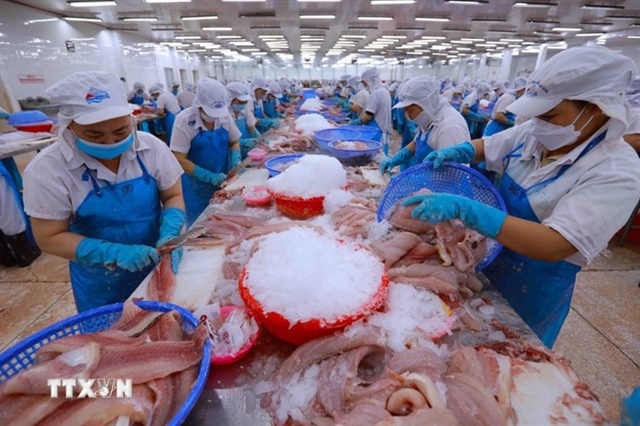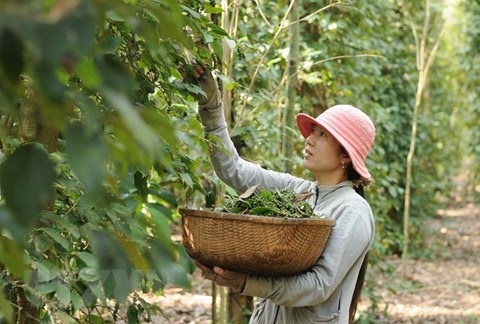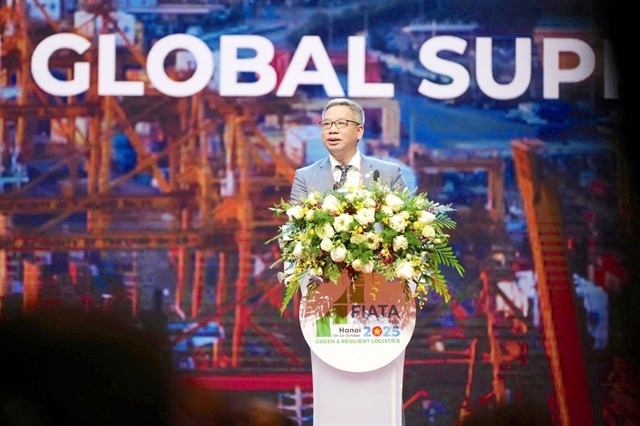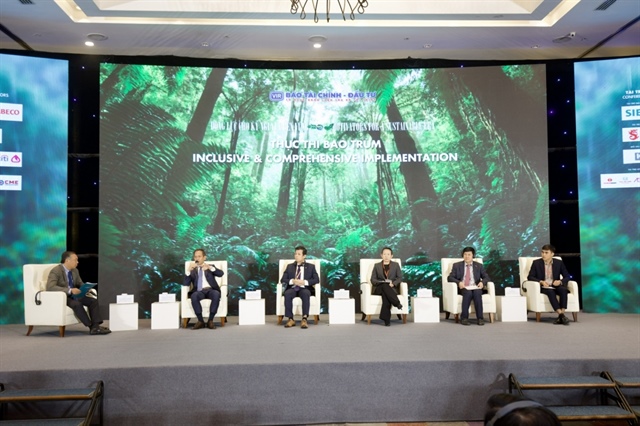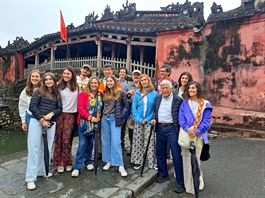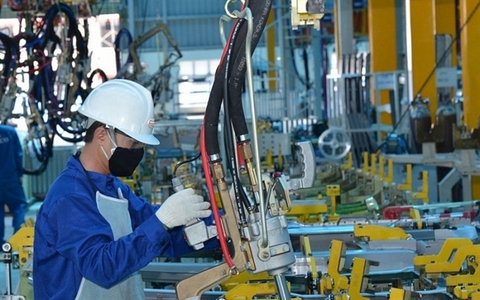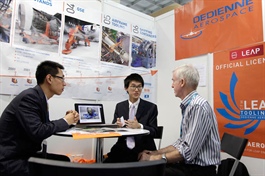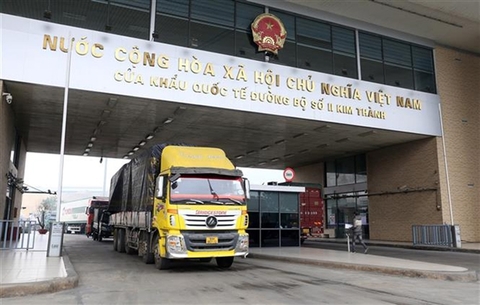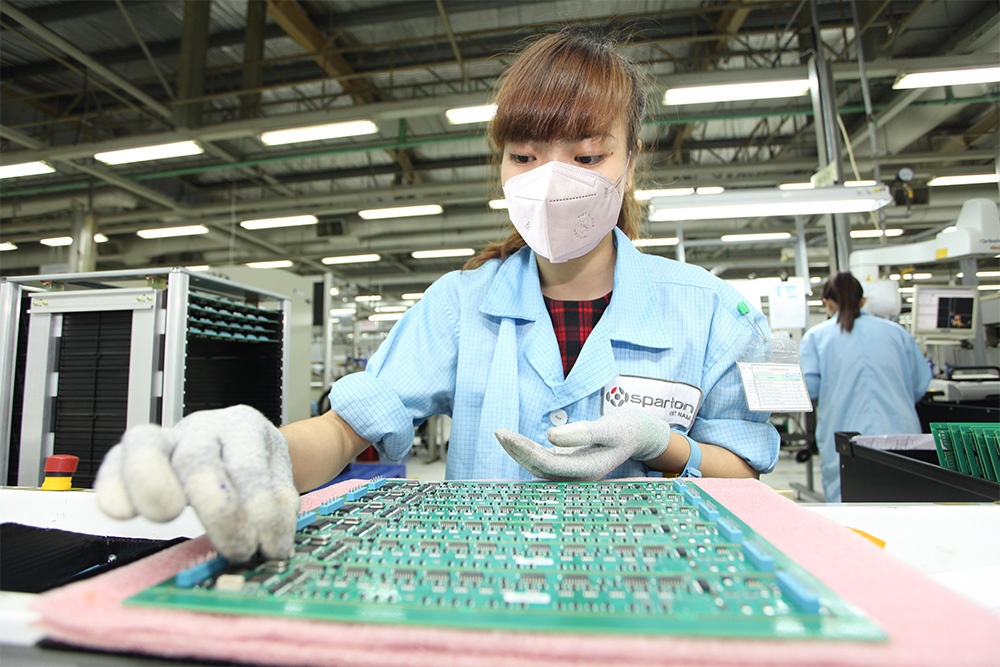Vietnamese export profits boost with green trade
Vietnamese export profits boost with green trade
The direction of Vietnam’s imports and exports is changing due to a series of green trade revolutions, government policy, and global trends.
The trend towards eco-friendly and sustainable goods has started to impact the expansion of Vietnamese exporters. According to Truong Dinh Hoe, general secretary of the Vietnam Association of Seafood Exporters and Producers, packaging in plastic trays led a Vietnamese prawn exporter to forfeit the chance of reaching the European market.
“The objective is to provide cost-cutting and efficiency-boosting solutions,” Hoe said. “Following an export strategy with the goal of greening goods will assist consumers on international marketplaces to be more receptive to the businesses’ products.”
All phases of the manufacturing, processing, distribution, and placement on the market of food for human consumption are covered by EU food hygiene rules. The EU has recently established five goals for the Farm to Fork strategy by 2030 – a 50 per cent decrease in the usage of agrochemicals; a reduction in nutrient loss by the same amount; a 20 per cent reduction in fertiliser use; reduction in antimicrobial sales to farms by half; and a 25 per cent conversion of total cropped area to certified organic.
To this end, the EU intends to amend several current laws for the food and agricultural sectors, introduce new policies, and enhance the EU’s coordinating tool.
With recycling becoming a worldwide trend, Vietnam’s status as the world’s largest exporter of textiles and apparel is also endangered. The issues of recent years has become a driving force to accelerate the change of business models in other areas, including the textile industry, which is seeing a surge in the use of recycled materials.
Currently, polyester remains the most widely used fibre in the global apparel industry, accounting for approximately half of the total volume of yarn produced worldwide. However, only about 14 per cent of this yarn is made from recycled materials, primarily discarded polyethylene terephthalate bottles.
According to Allied Market Research, the global market for recycled textiles reached $5.6 billion in 2019 and is projected to reach $7.6 billion by 2027, a compound annual growth rate of 3.6 per cent. Recycling technologies will evolve to provide potential expansion for textile recycling business models.
Vietnam can grow its export market share in the United States and Europe, the world’s two biggest import markets for textile yarn, notably recycled yarn. The US and Europe import fewer textile materials from China and more from other nations going forward. In 2021, the value of imported fibres, yarns, and textiles from China to the US declined from 23.5 per cent to 19.1 per cent, while the value to Europe decreased from 52 to 45 per cent, according to the 2022 Textile and Garment Report by Vietcombank Securities.
By the end of 2022, investments continued to flow into Vietnam’s yarn sector, but only a handful of projects employed innovative technology and materials to generate recycled fibres for export textiles. Compared to nations such as Indonesia, Bangladesh, and Pakistan, Vietnam’s yarn manufacturing capacity is relatively modest.
According to Vietnam National Textile and Garment Group, only 10 million spindles have been created to date nationwide, with foreign capital accounting for 65 per cent, the private sector 25 per cent, and state capital 10 per cent.
Century Synthetic Fiber is the second company in Vietnam with the ability to make recycled fibres after Formosa Hung Nghiep, a wholly Taiwanese-owned company that supplies 39,000 metric tonnes of synthetic fibres annually. The biggest worry of purchasers, according to Nguyen Phuong Chi, head of strategy at Century Synthetic Fiber, is supply capacity, which includes supply chain management, traceability, environmental norms, chemical content, and labelling.
The Global Recycle Standard (GRS) certification is awarded to consumers who purchase solely recycled yarn. GRS is a voluntary product standard for monitoring and validating the percentage of recycled materials in the finished product. Textile Exchange, the GRS certification authority, performs audits about once a year. According to Chi, there is a huge demand for recycled yarn from international firms in Vietnam that manufacture fashion for the world’s leading brands. As major fashion brands, such as Nike, Adidas, Decathlon, Puma, and H&M focus their financial systems on ecology, seek to protect the environment, and promote their own industries, some Vietnamese manufacturers are turning to recycled materials as an alternative to products made from virgin fibres.
Cooperation and development will continue to be a major trend in 2023, giving Vietnam a greater chance to open up via the fulfilment of free trade agreement obligations. Bartosz Cieleszynski, first secretary of the Trade Section at the European Union Delegation to Vietnam, said that the EU was dedicated to sustainable, rule-based trade to adapt to global challenges and stay competitive.
“We look forward to forming partnerships and designing global solutions to address environmental issues more effectively,” he said.
According to Cieleszynski, Vietnamese manufacturers and exporters must adapt to the ever-evolving preferences of global customers and also meet their expectations by delivering high-quality and eco-friendly goods and services.


